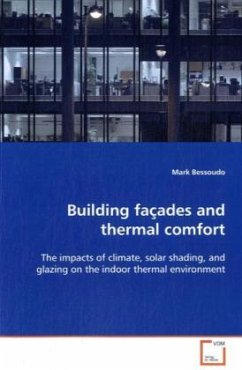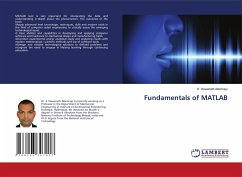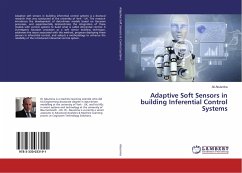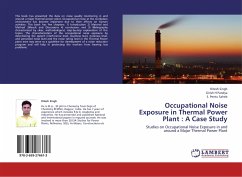There is currently a trend of designing new
commercial buildings with large glazed façades.
Maintaining comfort in the perimeter zones of these
buildings is difficult due to their transmittance of
solar radiation and exposure to cold outdoor
air temperature. Designing these buildings with
high-performance façades, however, can improve energy
performance, provide a high-quality thermal and
visual environment, and reduce thermal loads.
This book presents an experimental and simulation
study of the indoor thermal environment of a
perimeter zone office with glass façade and solar
shading device. The study investigates the impact of
climate, glazing type, and shading properties
on thermal comfort.
By considering comfort as a key consideration in
building design from the initial design stage through
to building occupancy, it can be ensured that new
high-performance and passive solar buildings are, not
only aestheticallypleasing and energy-efficient, but
also comfortable and enjoyable places to work and live.
commercial buildings with large glazed façades.
Maintaining comfort in the perimeter zones of these
buildings is difficult due to their transmittance of
solar radiation and exposure to cold outdoor
air temperature. Designing these buildings with
high-performance façades, however, can improve energy
performance, provide a high-quality thermal and
visual environment, and reduce thermal loads.
This book presents an experimental and simulation
study of the indoor thermal environment of a
perimeter zone office with glass façade and solar
shading device. The study investigates the impact of
climate, glazing type, and shading properties
on thermal comfort.
By considering comfort as a key consideration in
building design from the initial design stage through
to building occupancy, it can be ensured that new
high-performance and passive solar buildings are, not
only aestheticallypleasing and energy-efficient, but
also comfortable and enjoyable places to work and live.








